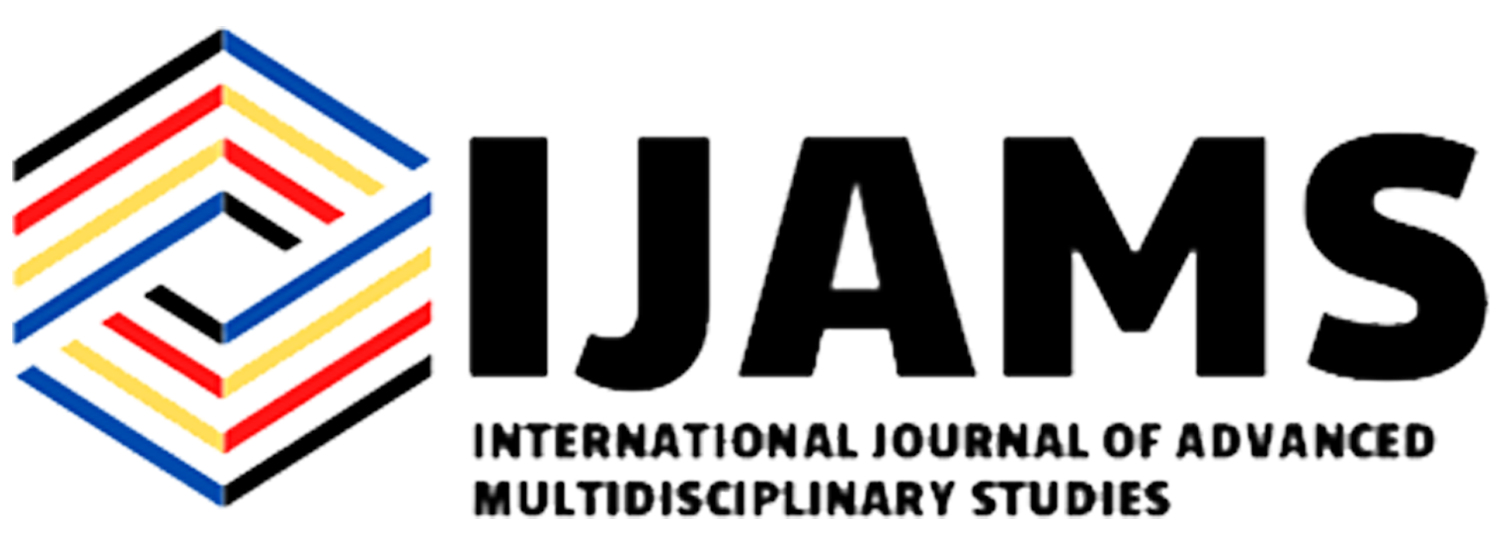ISSN: 2782-893X
eISSN: 2799-0664
 ISSN: 2782- 893X
ISSN: 2782- 893X


— —Teaching young children to read is the foundation of improving educational outcomes and has far-reaching implications. On the other hand, when children failed to learn to read, risk falling further and further behind in later ones, as they cannot absorb printed information, follow written instructions, or communicate well in writing according to Gove and Wetterberg (2011). Thus, it is important to employ differentiated and varied teaching reading approaches, techniques, and strategies most especially to the key stage 1 pupils. And it is in this premise that the present study is formulated to evaluate the effectiveness in the implementation of phono-visual oral sound blending meaning (PVOSBM) approach in teaching beginning reading and performance of Grades 1 & 2 pupils. Employing a quasi-experimental research design utilizing the pre-test and post-test reading performances of the Grades 1 & 2 pupils where the researcher has crafted reading passages with comprehension questions based on the 4th quarter Most Essential Learning Competencies (MELCs) administered before and after the implementation of the intervention mentioned in this study. Simple percentage and t-test of mean difference were the statistical tools used to interpret the result of the study. The study revealed a significant difference in the pre-test and post-test reading performances of the Grades 1 & 2 pupils in comprehension before and after the implementation of phono-visual oral sound blending meaning (PVOSBM) approach in teaching beginning reading making it an effective approach. Keywords — Effectiveness, Phono-Visual Oral Sound Blending Meaning Approach, Teaching Beginning Reading, Grades 1 & 2 Pupils, Reading